
FitQuest
Role
Time
Team
UNDERSTANDING THE PROBLEM
Undergraduate college students interested in fitness may face gym intimidation, preventing them from beginning or continuing their fitness goals.
Our team was challenged to develop an interface that can solve a problem centering fitness. We spoke about our own journeys with fitness, with some team members pointing out that going to the gym can be an intimidating experience. With that, we sought to understand how we can make this experience more approachable for people in our age group.
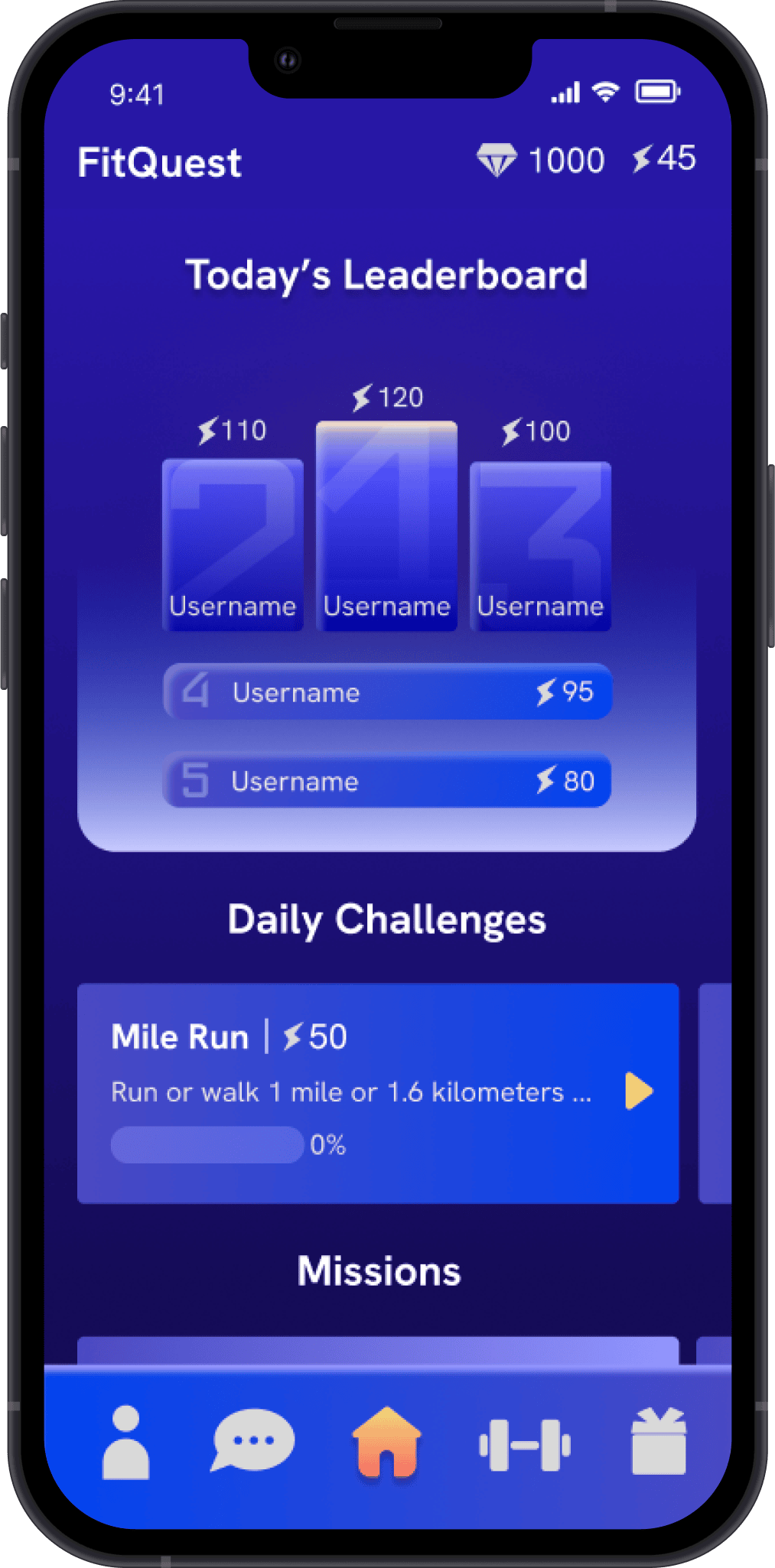
THE SOLUTION
FitQuest: The social fitness app designed to make working out fun, motivating, and beginner-friendly for college students.
WHAT I DID:
KEY FEATURES
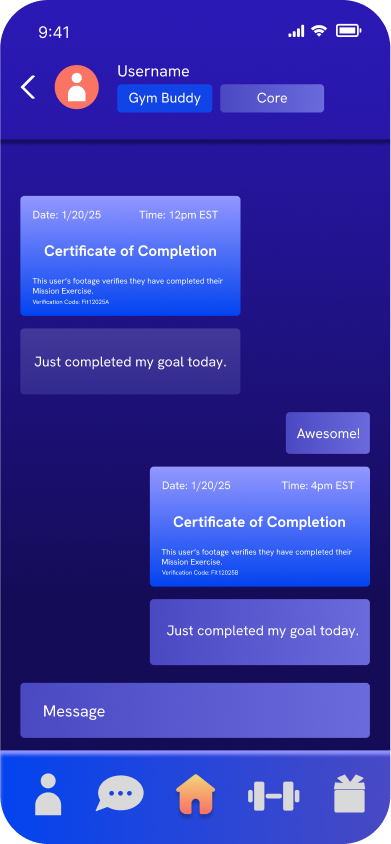
Stay Accountable with a Gym Buddy
Users can opt in for a virtual gym buddy, another user who helps keep you motivated and on track with your fitness goals. Complete your workouts, share confirmation certificates with your gym buddy, and earn points together as you progress!
Earn rewards for exercising
Users can gain points and XP by completing their fitness goals and completing daily challenges. These points and XP can be redeemed for in-game raffles, offering exciting rewards!
Prizes include fitness apparel, paid gym memberships, and other rewards designed to support a healthy lifestyle!

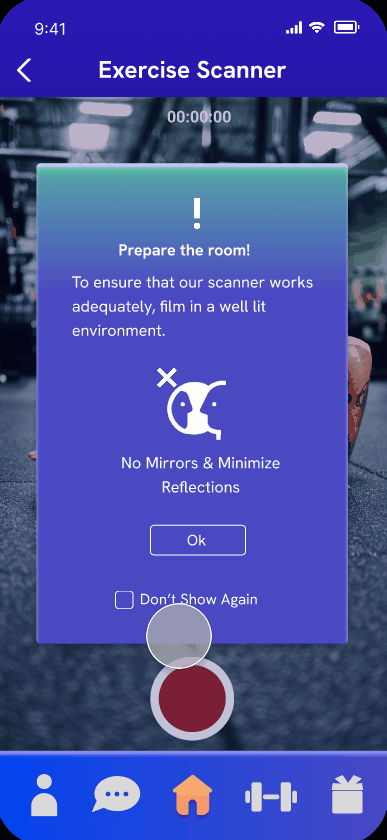
Enhance Your Workouts with our Exercise Scanner
Working out and unsure if your form is correct?
FitQuest features an advanced AI-powered scanner that evaluates your form during workouts. Gain personalized insights and actionable tips to refine your technique and elevate your fitness routine!
How did we arrive at this solution? Through research!
USER INTERVIEW KEY INSIGHTS + GUIDING QUESTIONS
We conducted user interviews with 6 college-aged individuals to better understand the
challenges they face when using fitness apps and their personal approaches to fitness.
From these user interviews we identified recurring themes which we distilled into
three key insights and their corresponding how-might-we questions. These insights exposed the core challenges users experience: sustaining motivation, navigating workouts without guidance, and finding programs tailored to their unique goals.
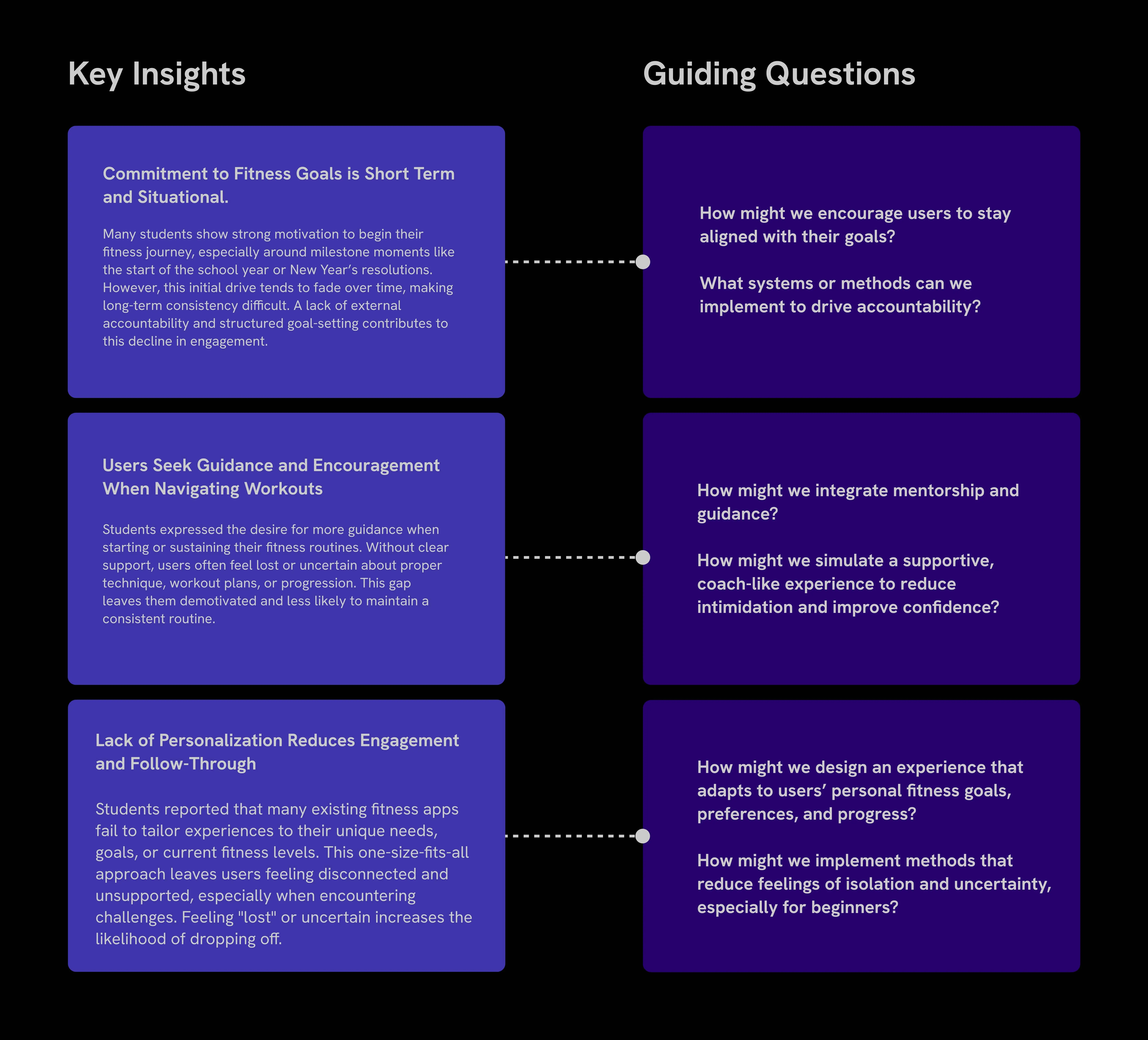
After synthesizing our findings, we consolidated these patterns into one overarching insight:

Fitness journeys are deeply personal, yet most tools fail to provide the ongoing support, accountability, and personalized guidance users need to sustain motivation and progress.
This key insight became the foundation for the next phase of the project.
COMPETITIVE ANALYSIS
A comprehensive analysis of both direct and indirect competitors was performed in an effort to tackle user pain points around engagement and personalization in fitness apps.
TRANSLATING INSIGHTS INTO SOLUTIONS
The combination of user interviews and competitor analysis pointed us toward three core solution pillars:
IMPLEMENTATION
Our research made it clear that implementing gamification, integration of AI, and interaction amongst users could provide users with the personalized and proceeded with low and mid-fidelity wireframing.
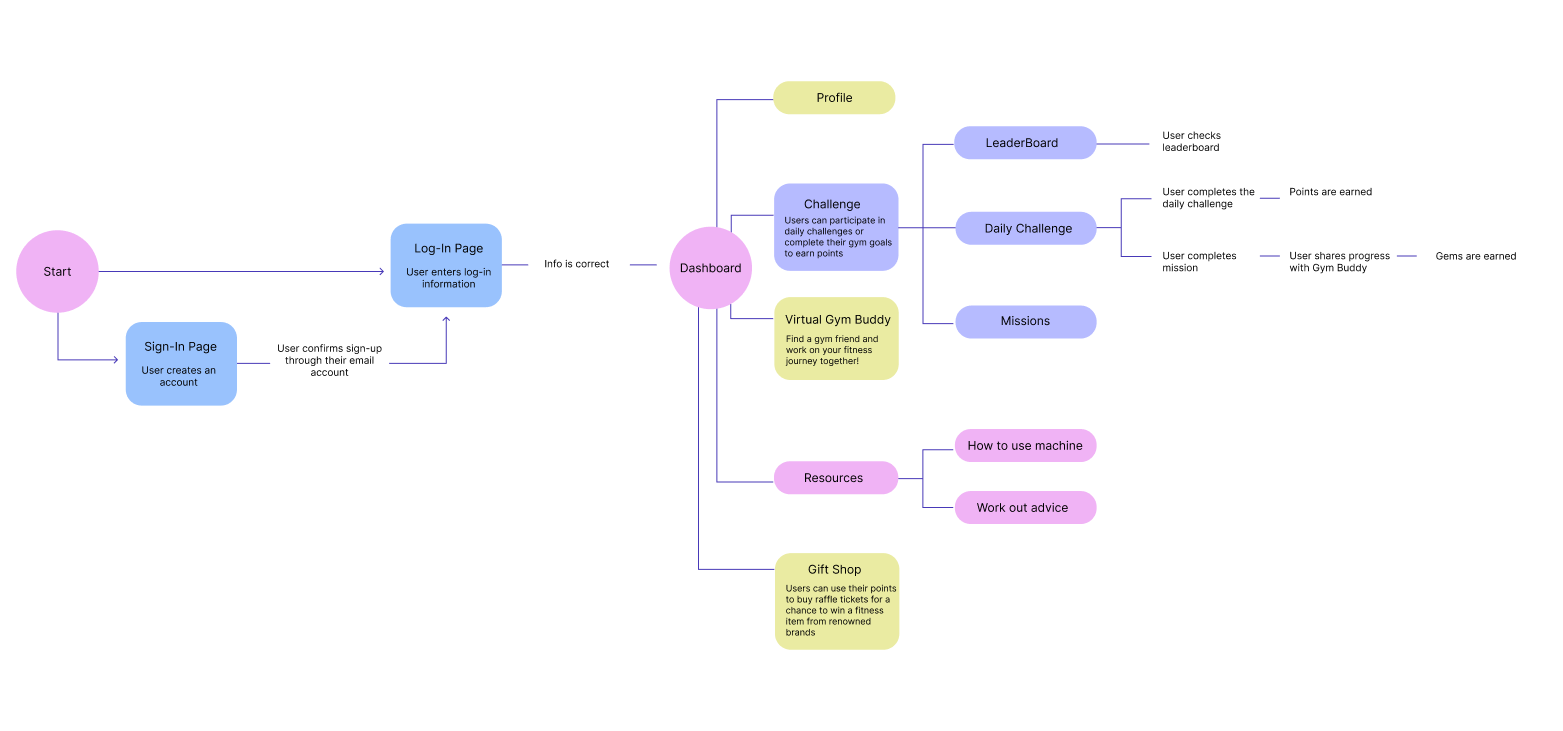
Journey Chart

Low-Fidelity Wireframes
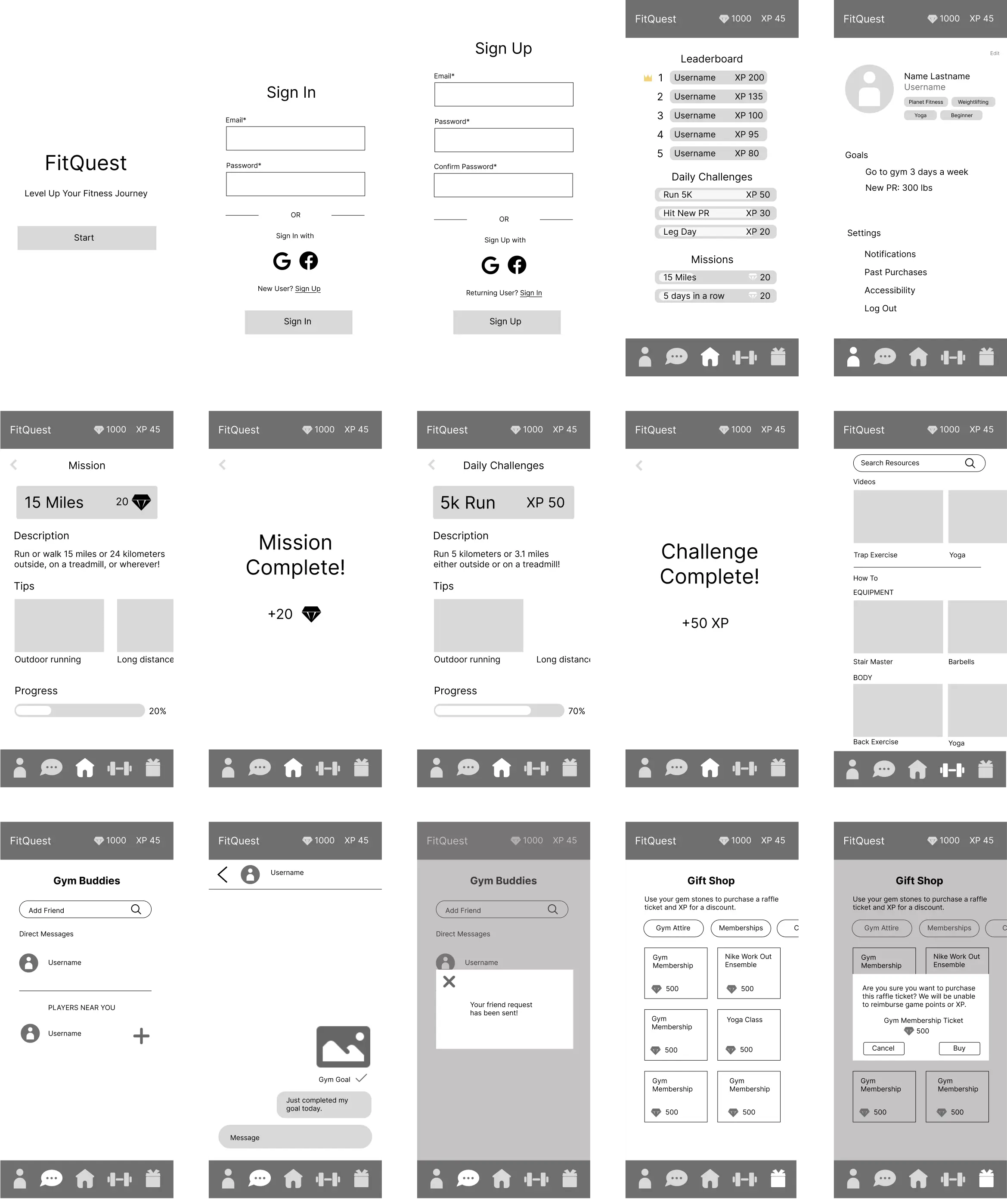
Mid-Fidelity Wireframes
USABILITY TESTING AND IMPROVEMENTS
First Iteration
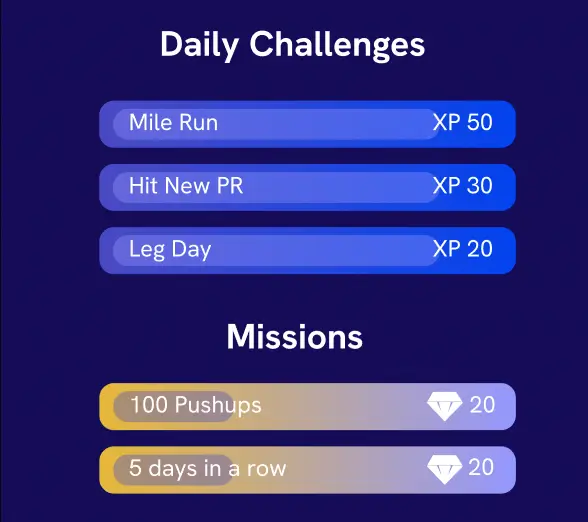
Second Iteration
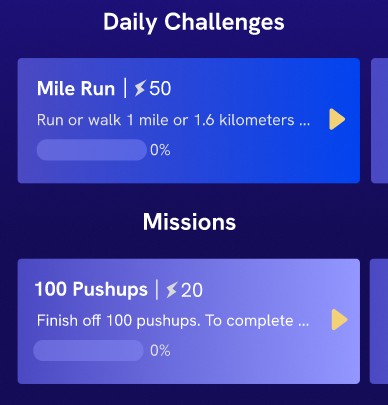
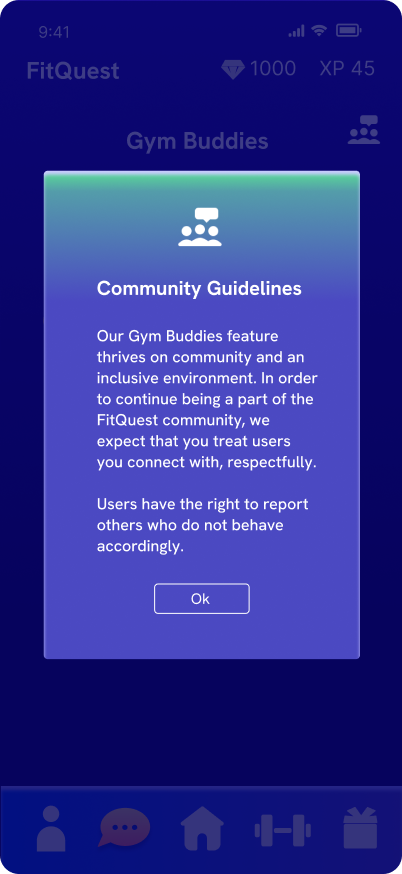
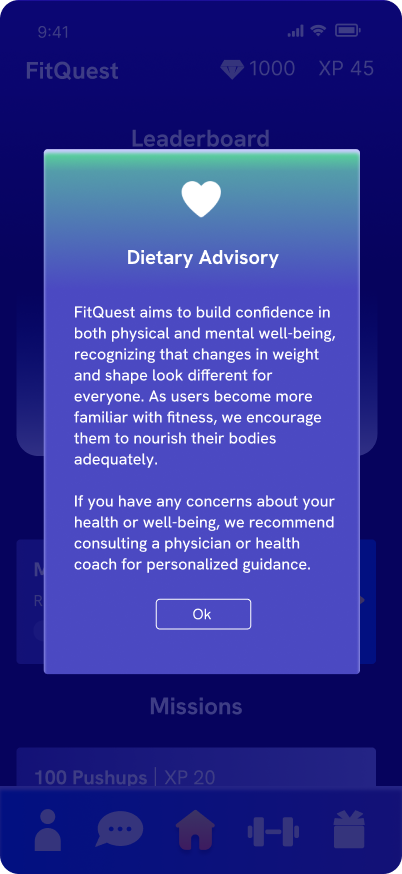
BRANDING
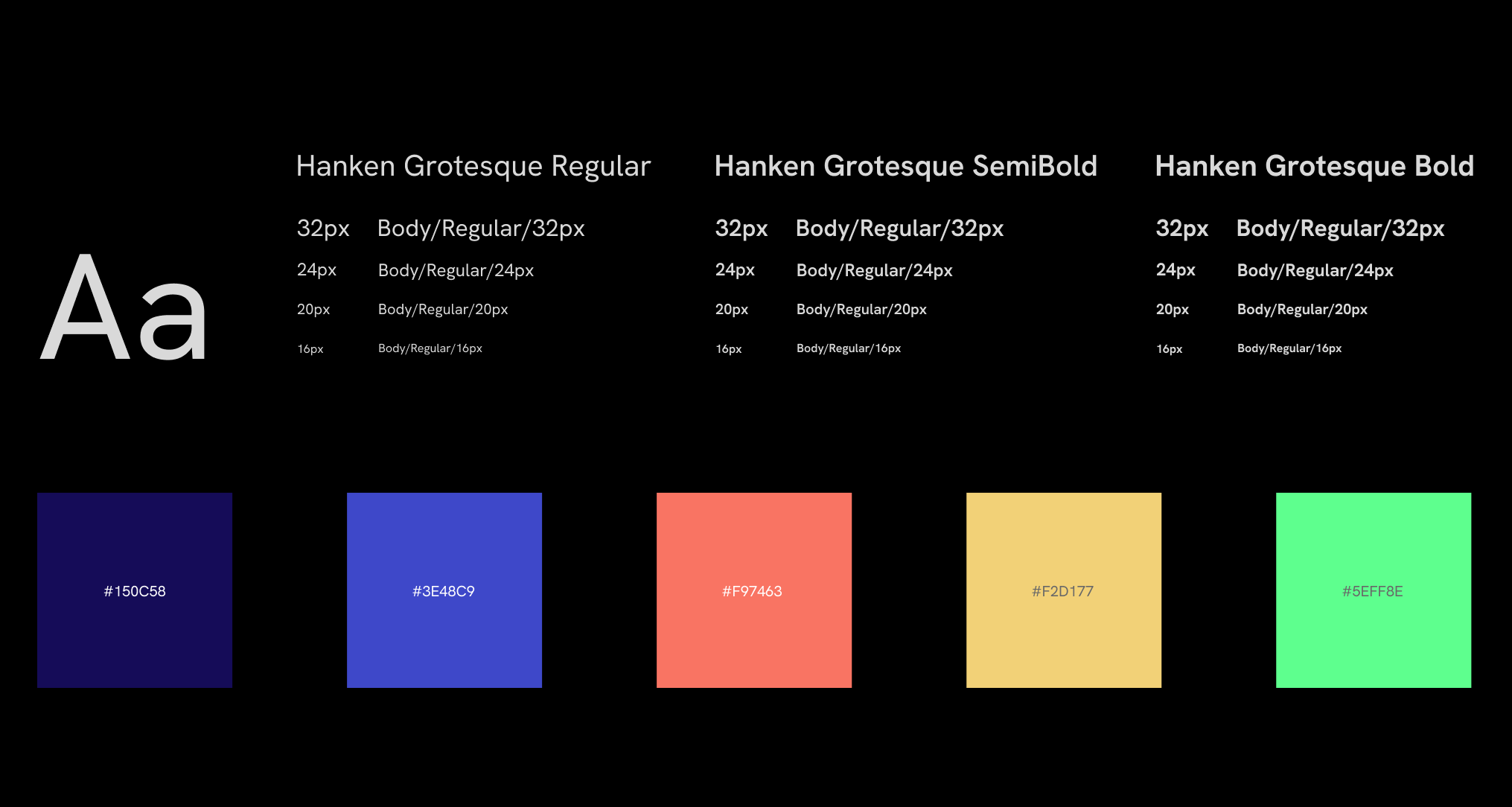
FINAL SCREENS
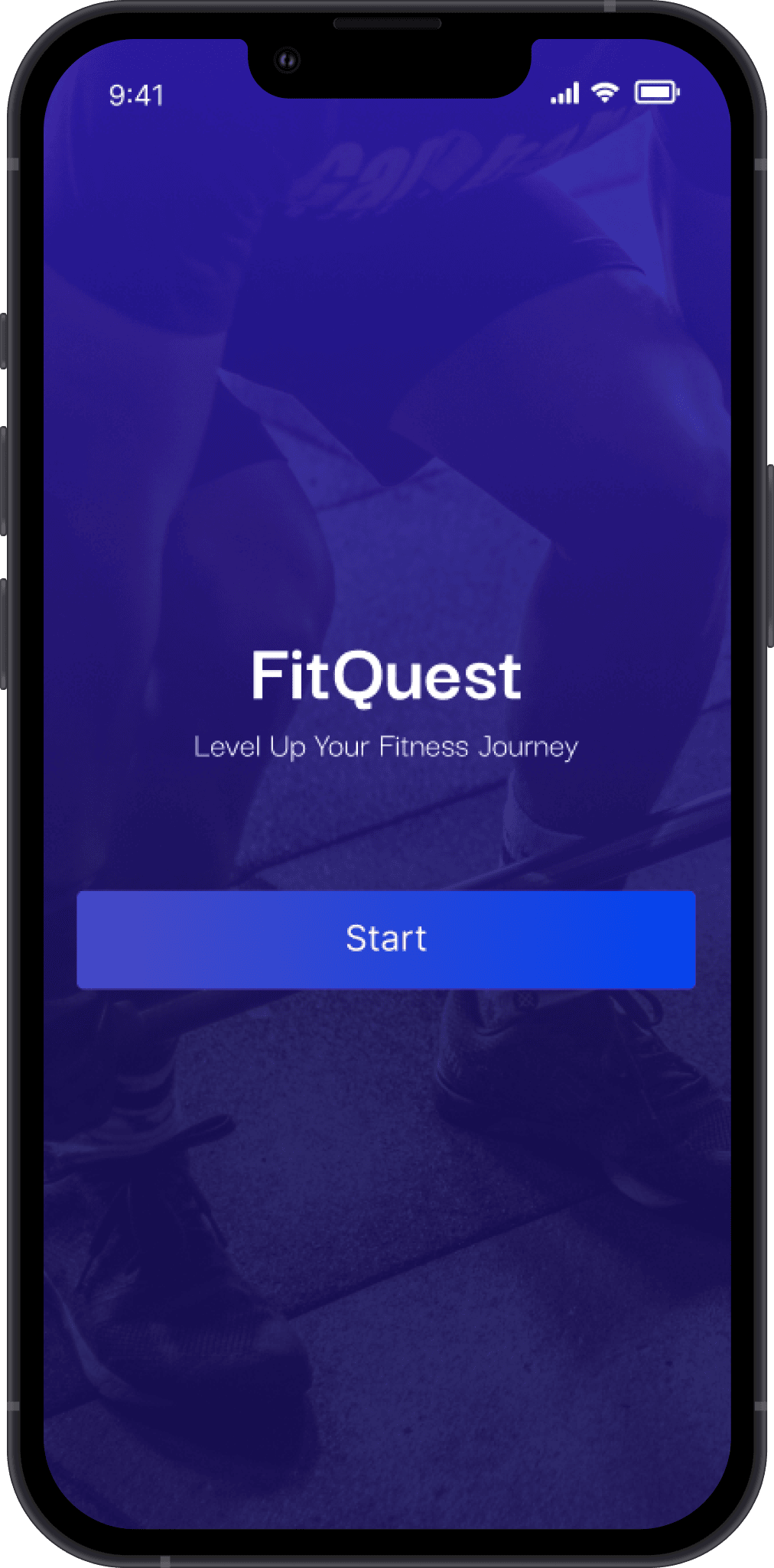

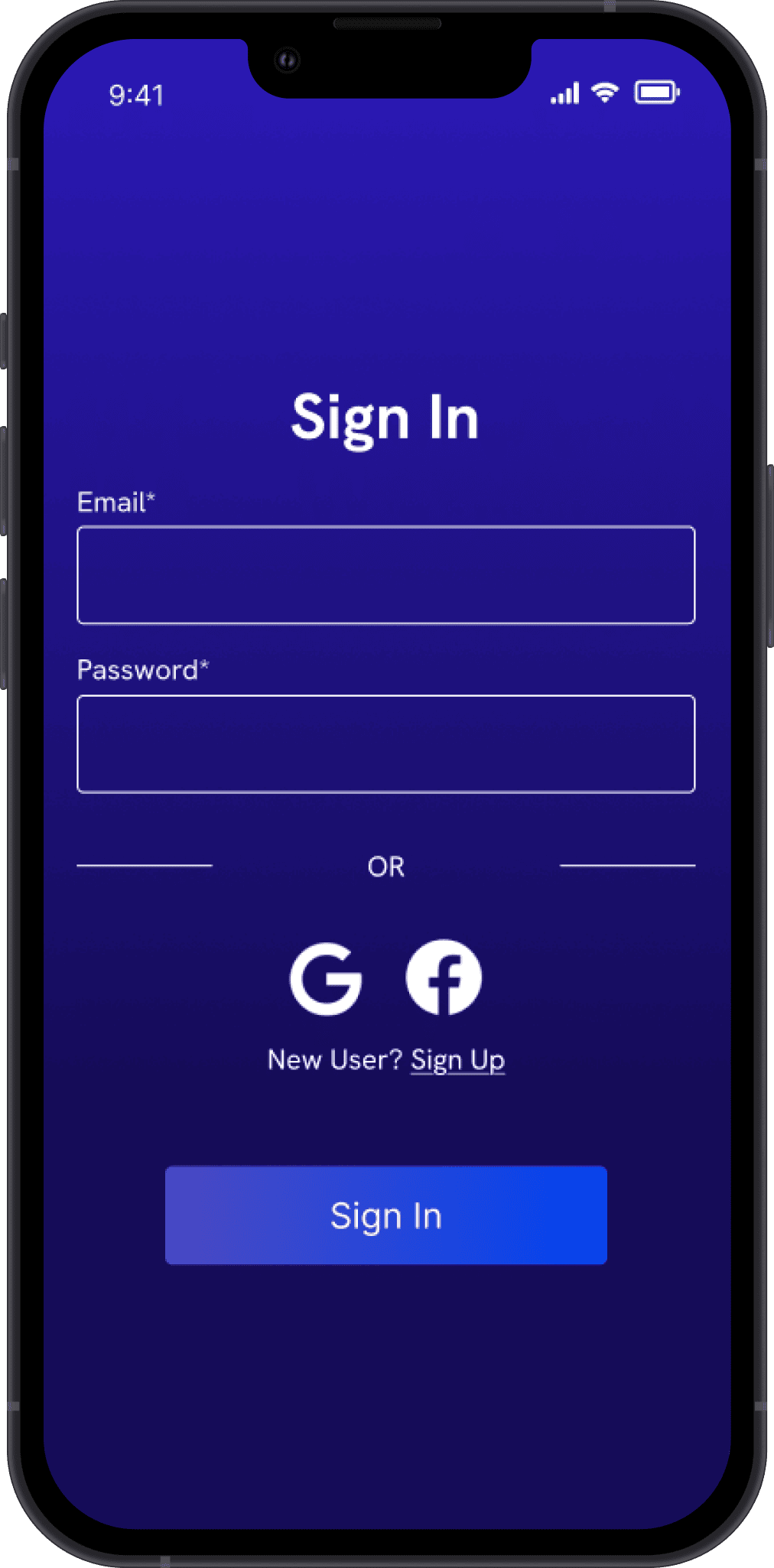

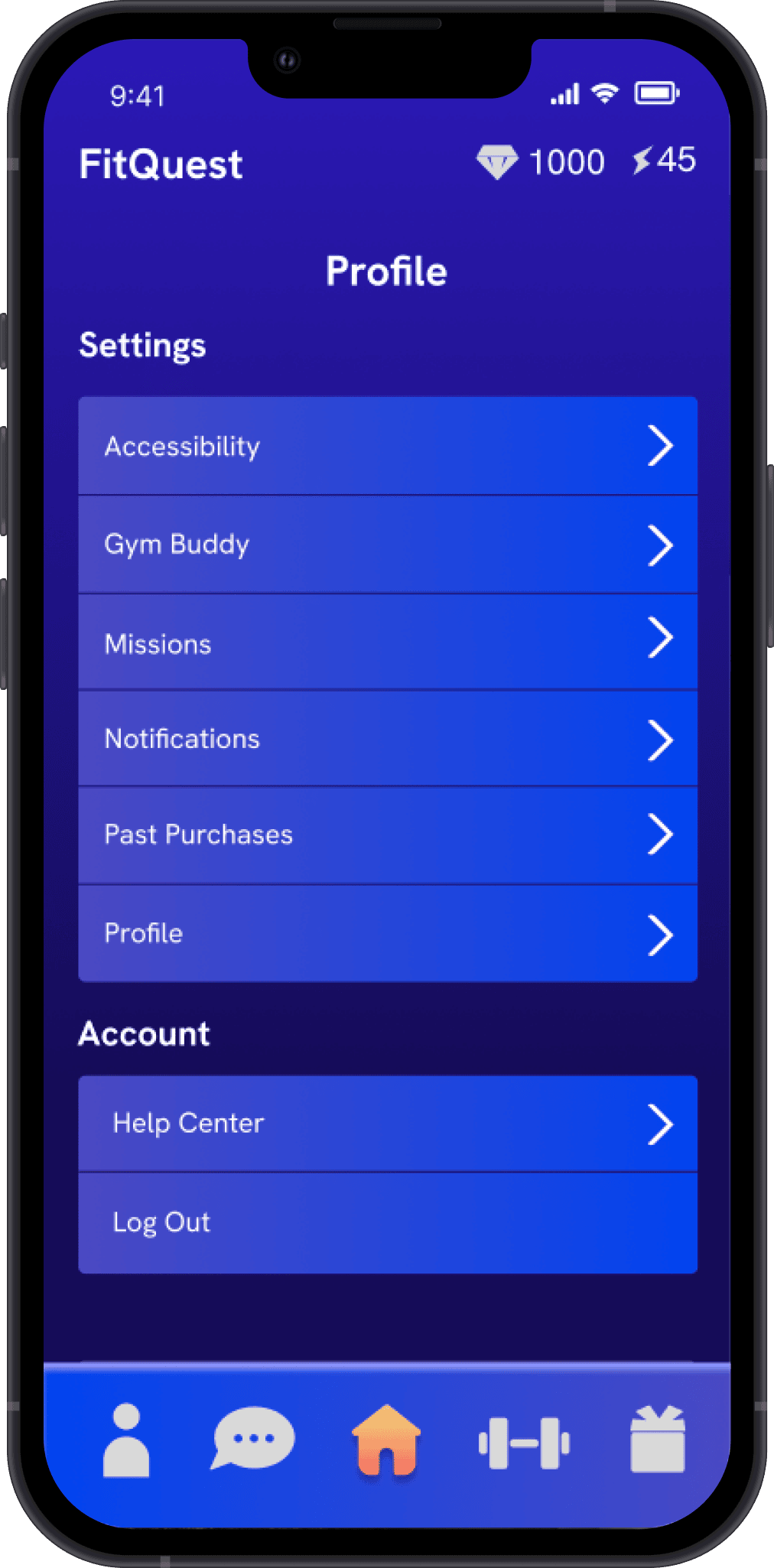
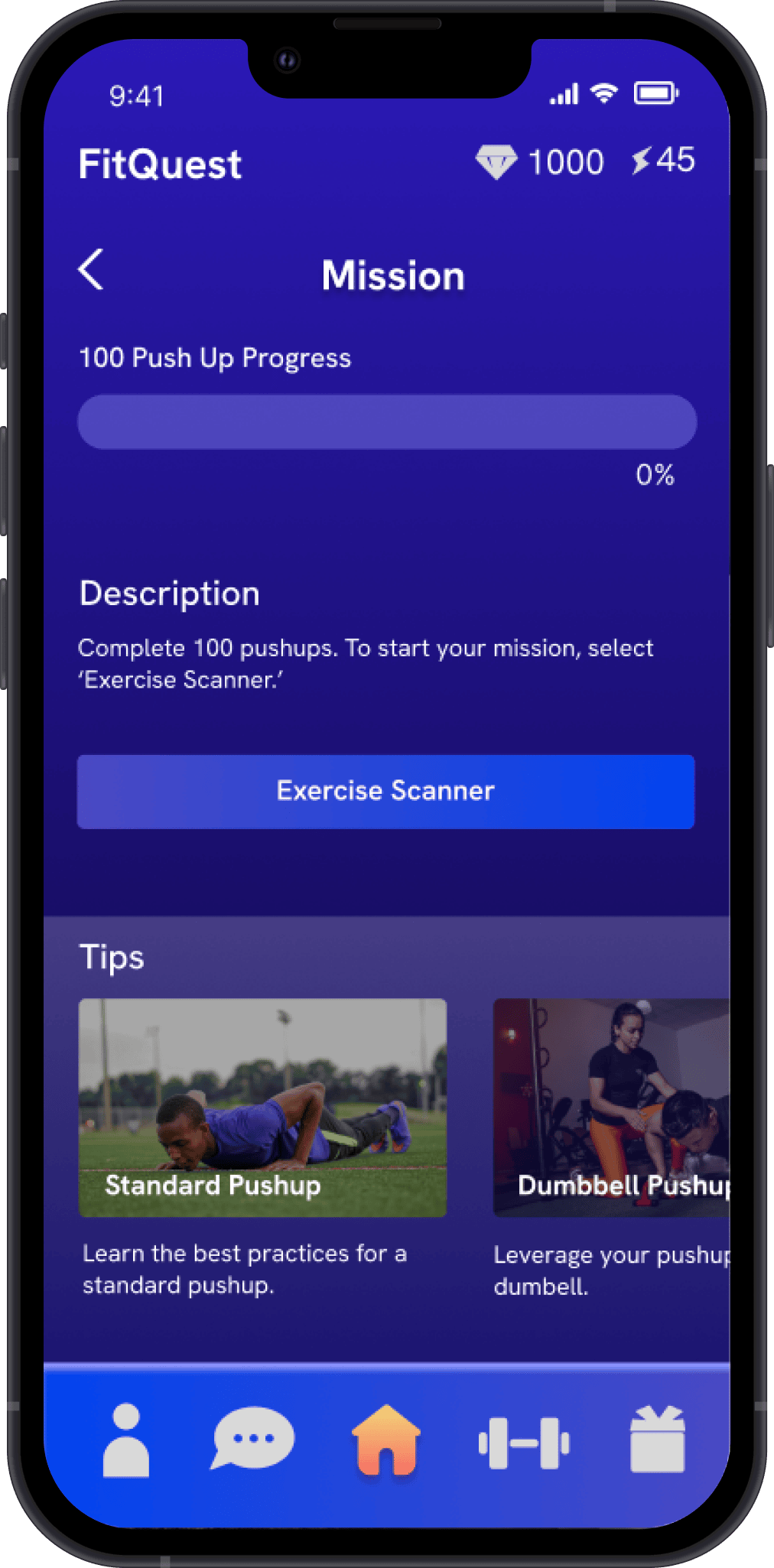
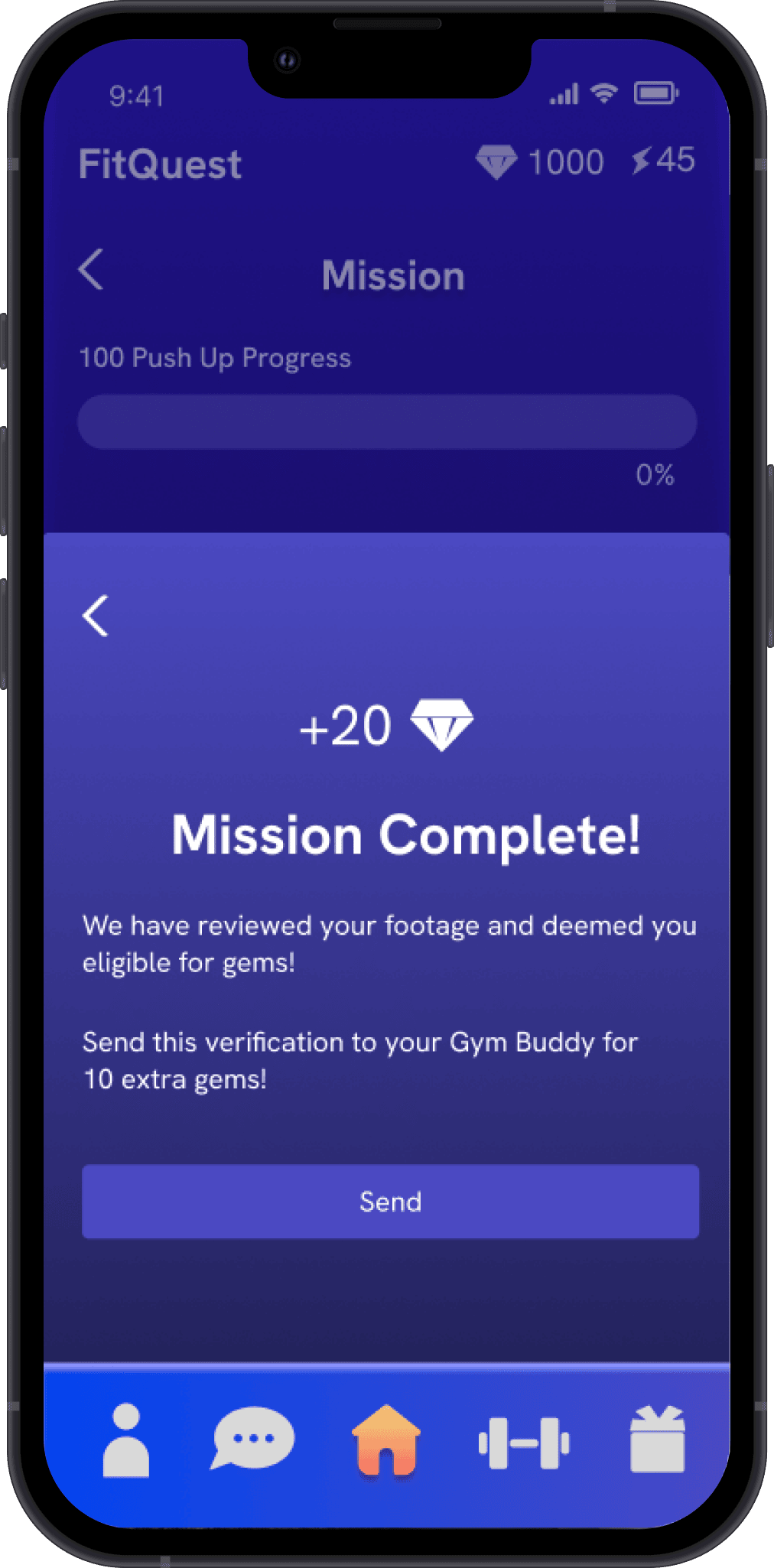
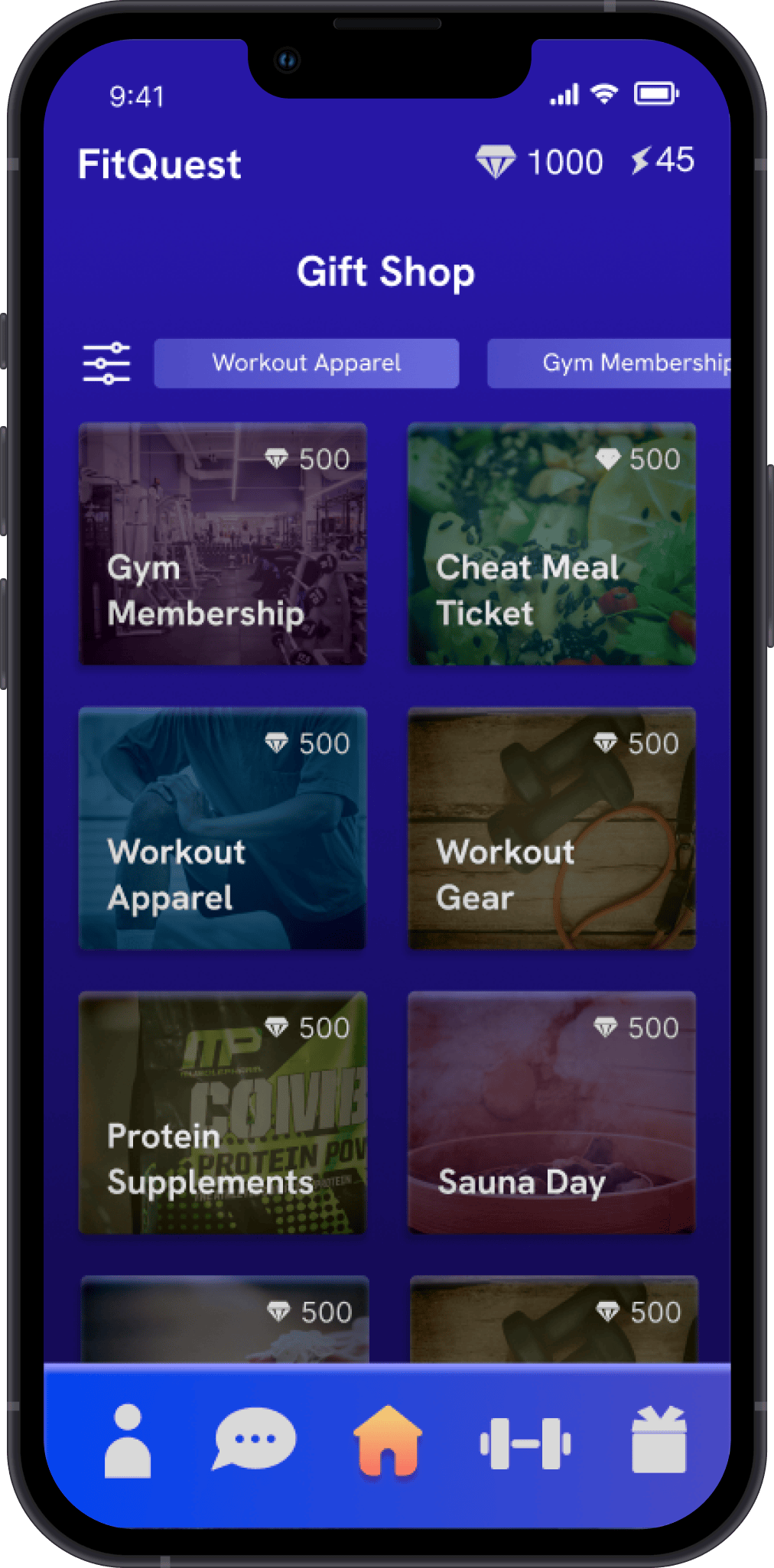
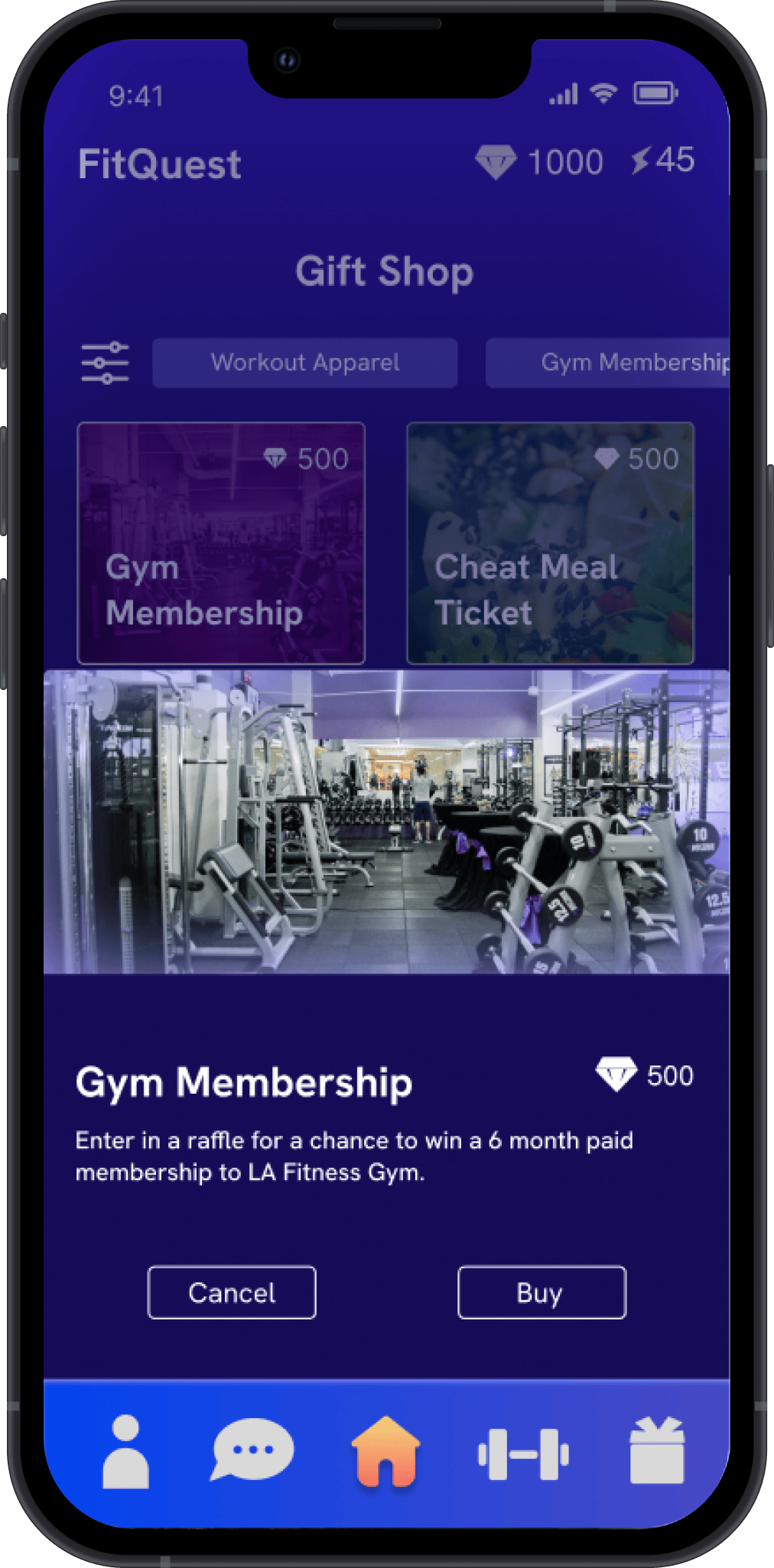
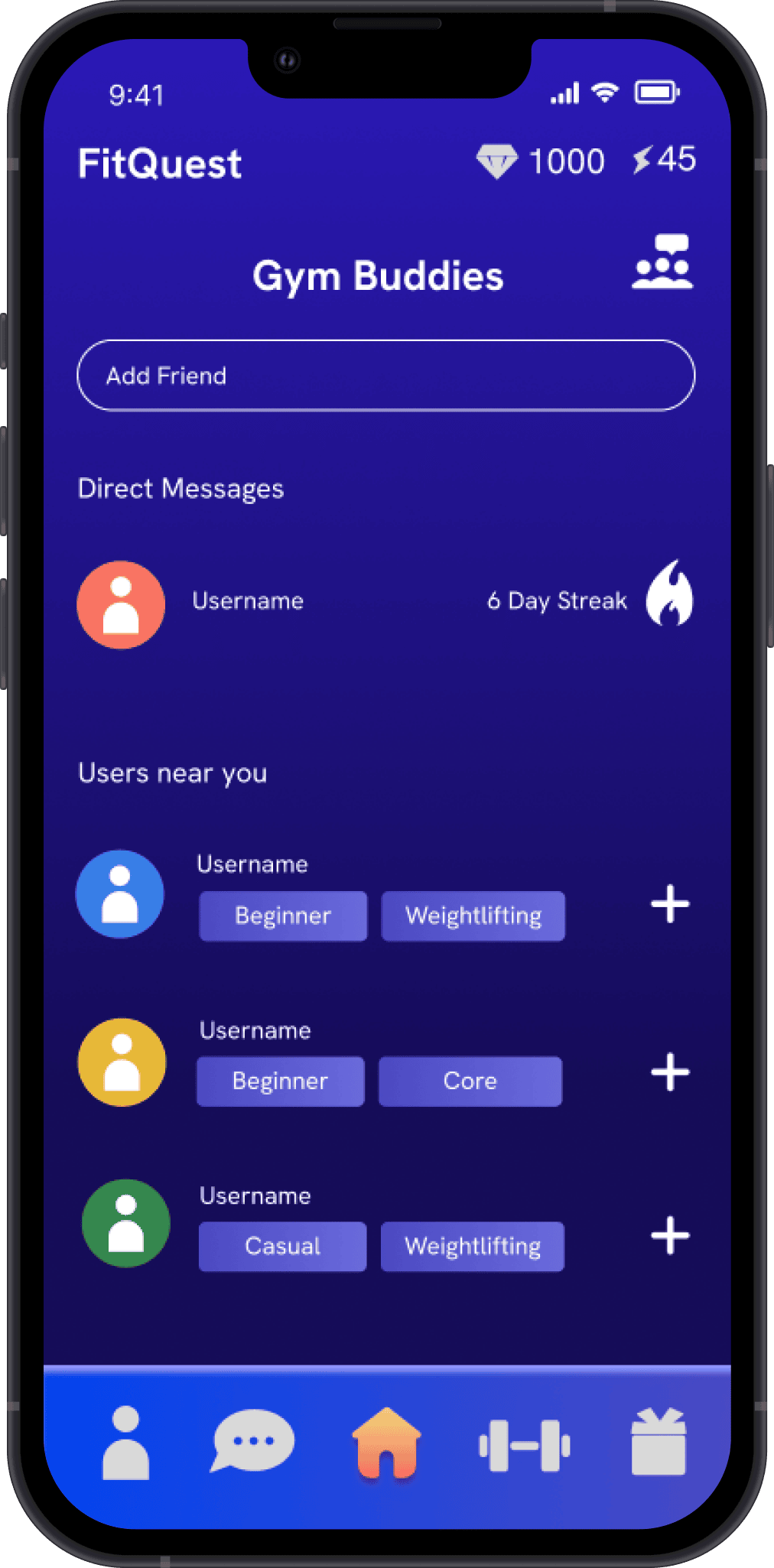
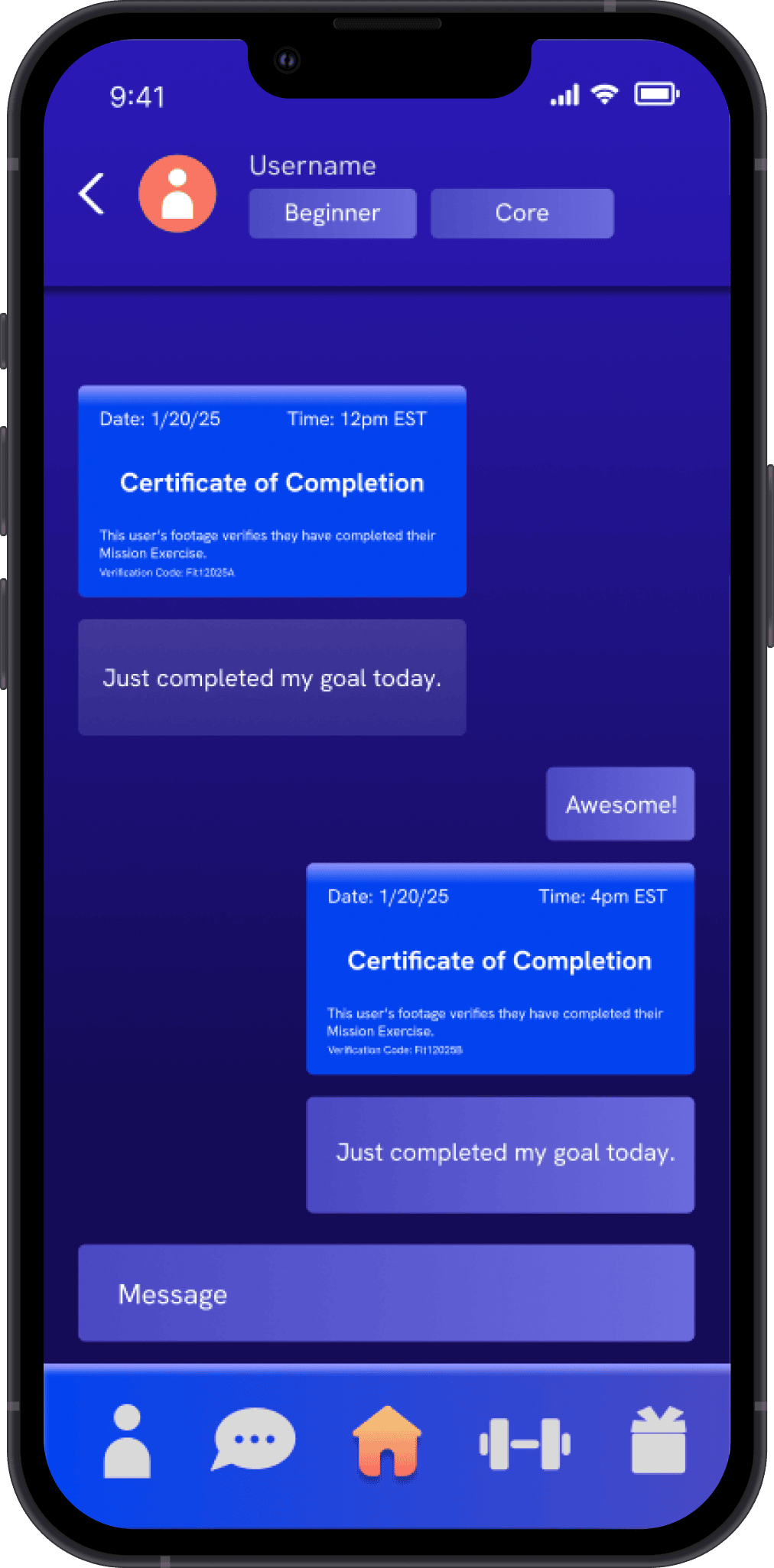
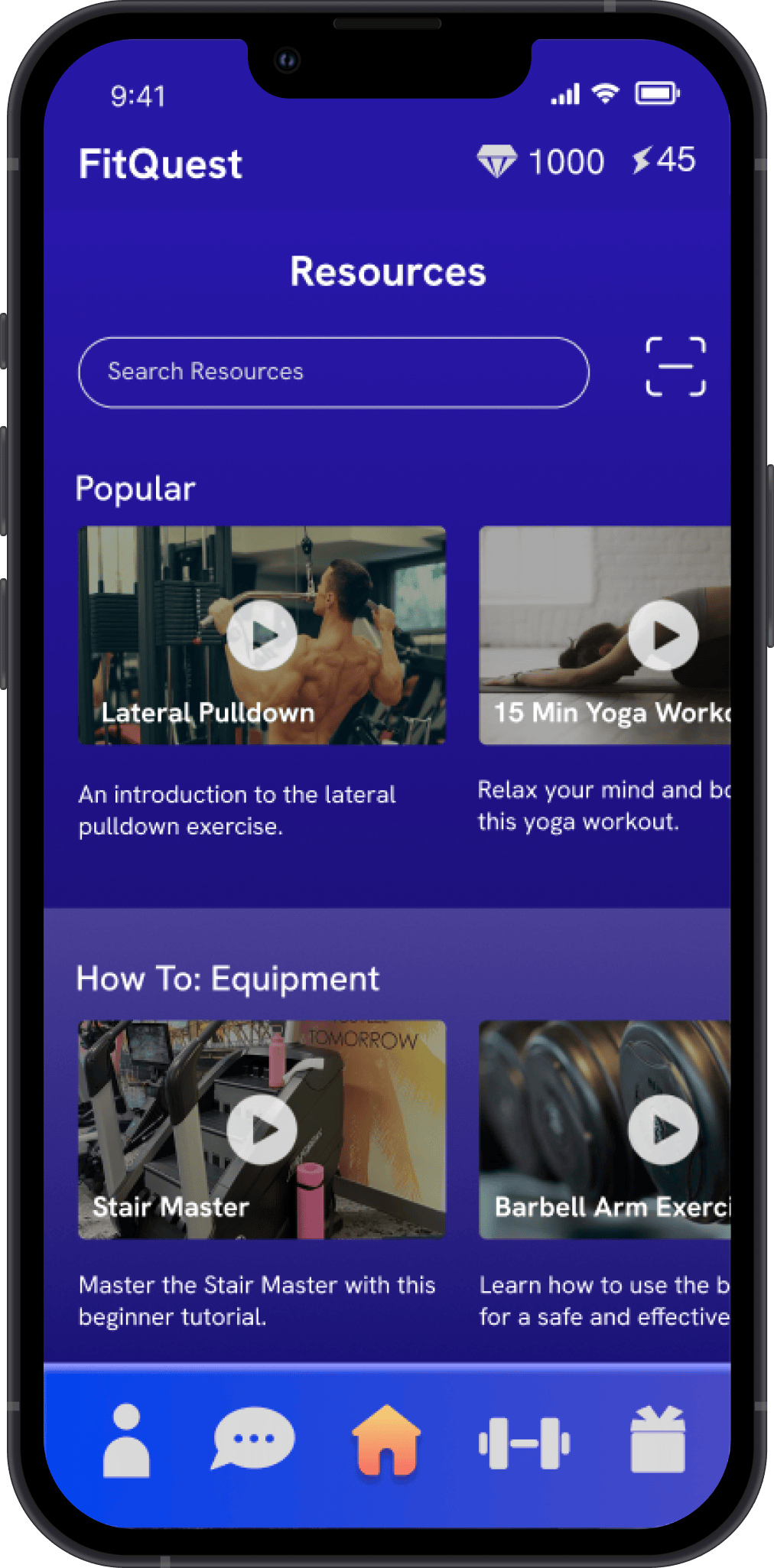
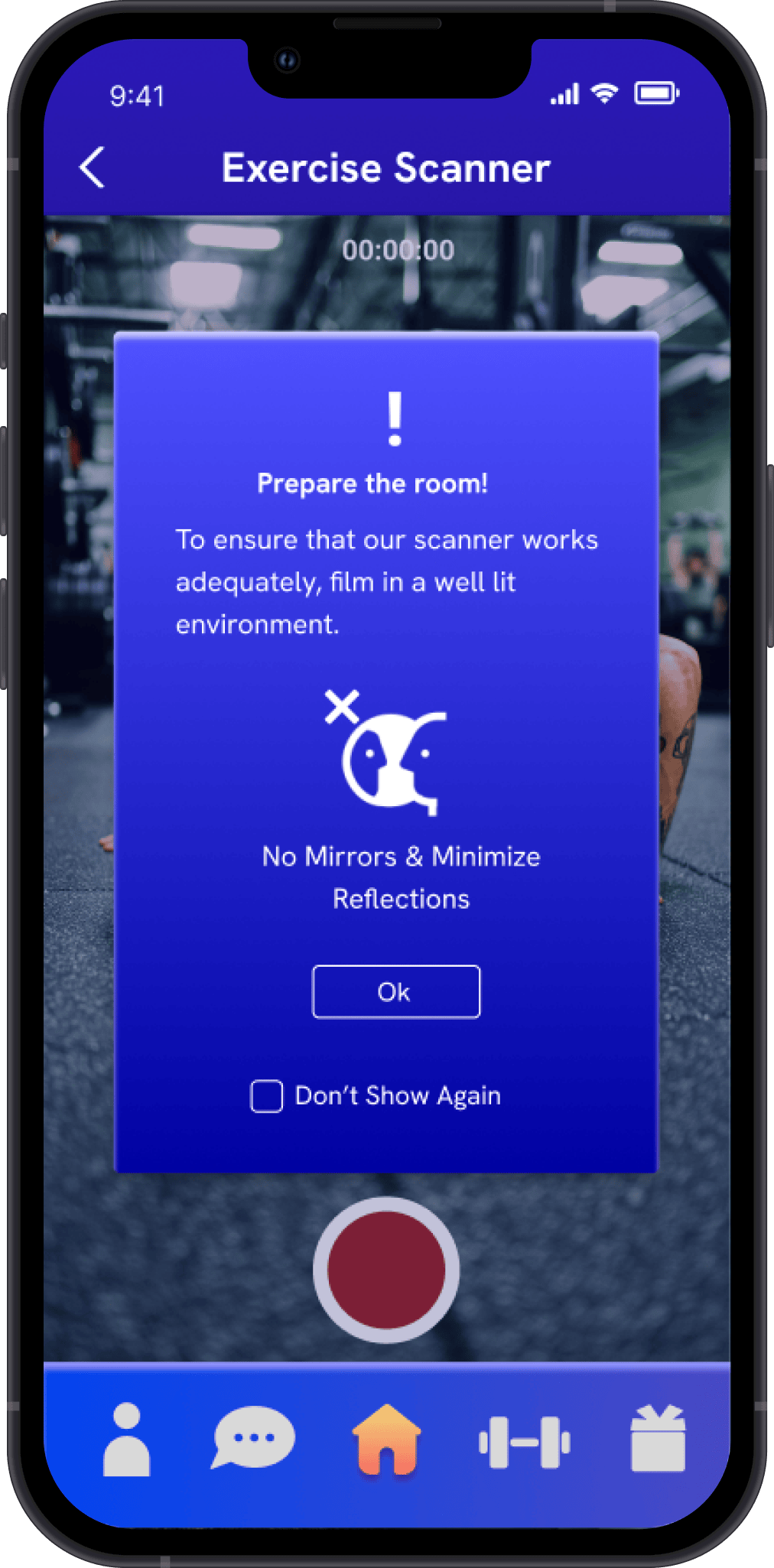
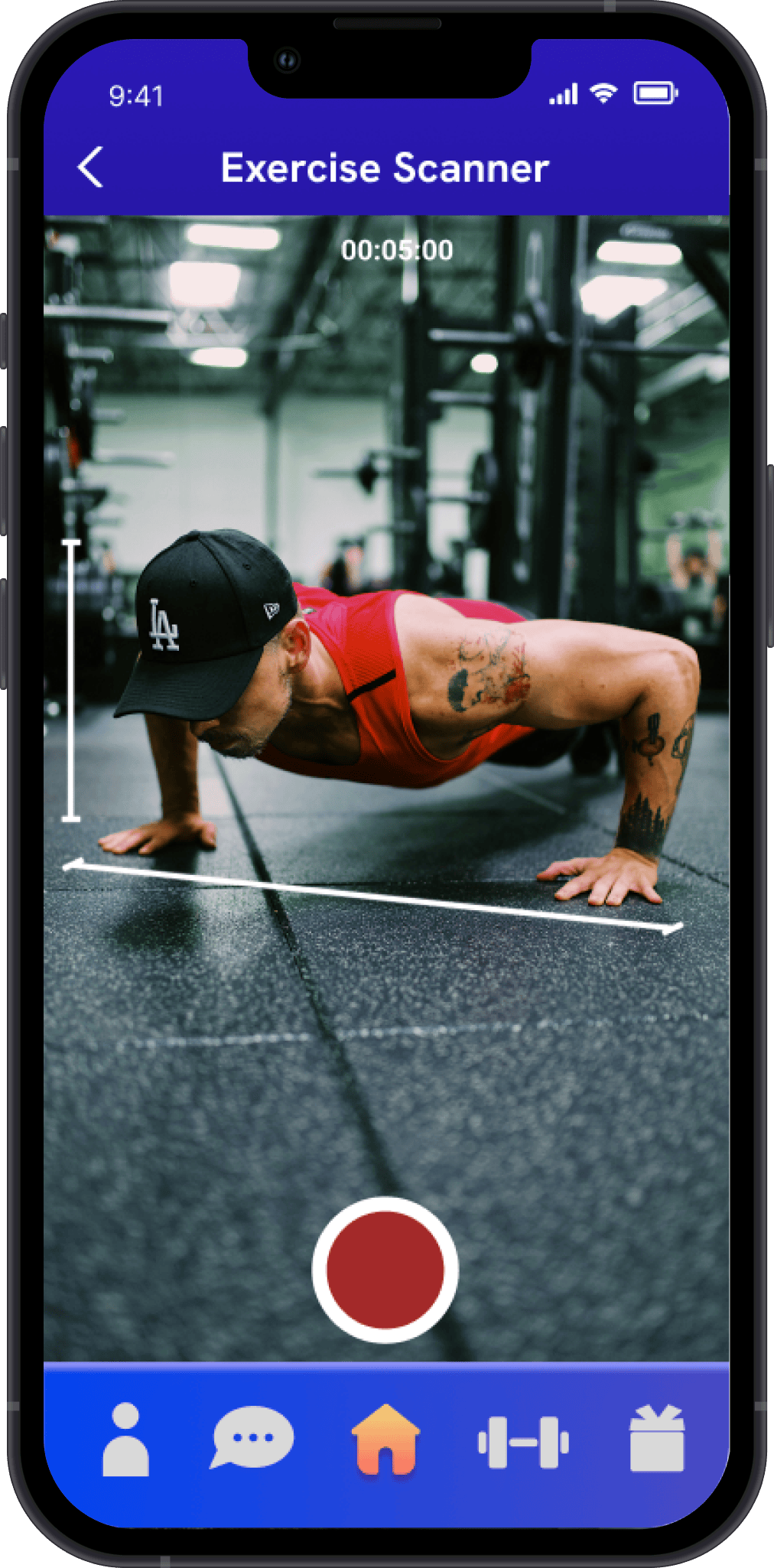
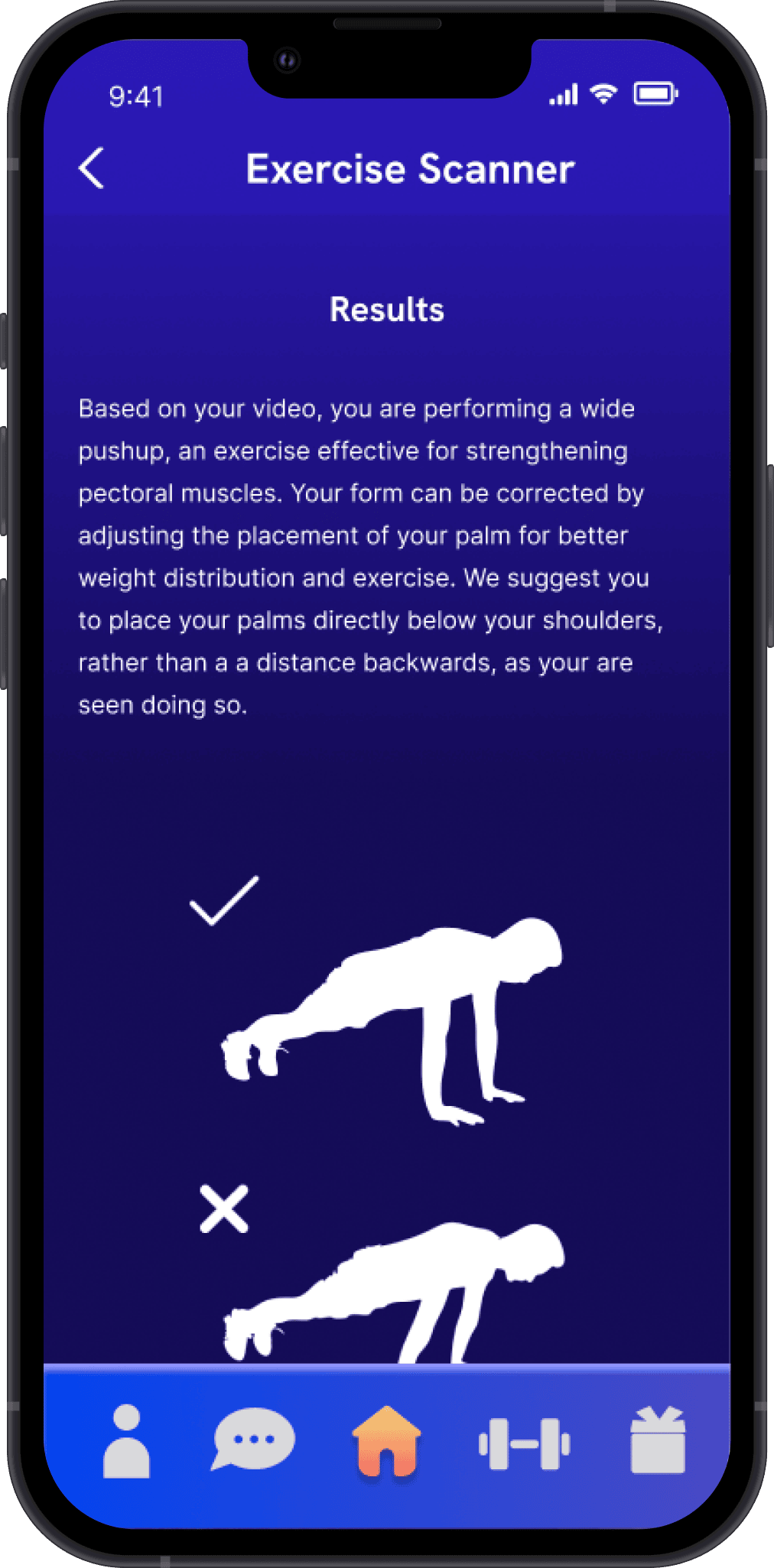
RELFECTIONS + WHAT I LEARNT
The value of asking open ended questions.
Incorporating open-ended questions could have significantly enhanced the depth and quality of my team’s research. These types of questions encourage interviewees to share more detailed and meaningful insights, providing a richer understanding of their perspectives and experiences which could leverage our research process.
Simple wireframing is the way to go when it comes to user testing and iterations.
During our wireframing phase, we received feedback from our professor that our user testing process could have been more effective if we simplified the design of our low fidelity wireframes to a greater degree. A design choice such as this one could have given my team and I flexibility during testing by allowing user testers the chance to make edits or pinpoint areas where our designs could be improved or better clarified.